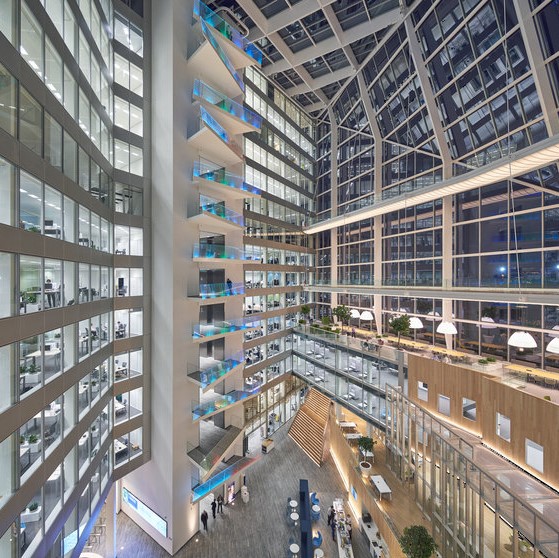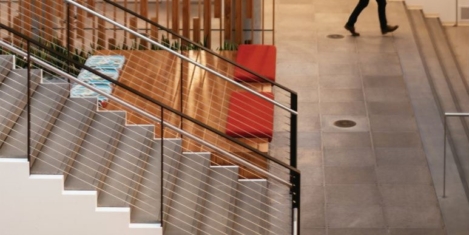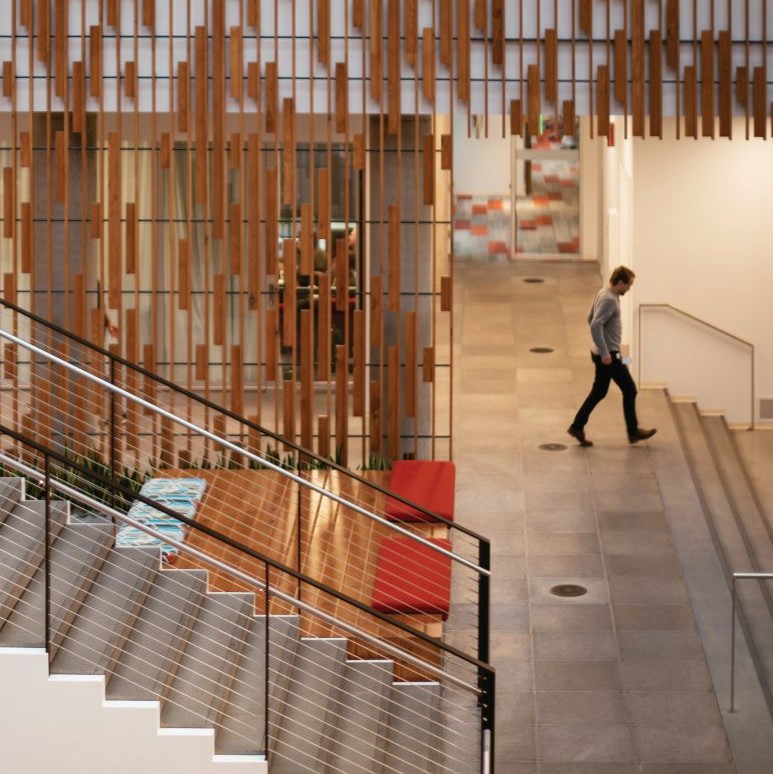November 12, 2019
The future of public services will be built on engagement with AI
 A new report from the RSA, Democratising Decisions About Technology, considers how citizens can have agency over new technologies, such as AI, which are entering their workplaces, homes and lives. This report reveals the desire and capability of ordinary citizens to engage with sometimes complex technology-related questions, and presents a toolkit for organisations looking to engage ordinary people on AI. The NHS, criminal justice system and employers will face a backlash against ‘tech creep’ unless they commit to ensure a role for citizens in designing and deploying tech, the report warns. (more…)
A new report from the RSA, Democratising Decisions About Technology, considers how citizens can have agency over new technologies, such as AI, which are entering their workplaces, homes and lives. This report reveals the desire and capability of ordinary citizens to engage with sometimes complex technology-related questions, and presents a toolkit for organisations looking to engage ordinary people on AI. The NHS, criminal justice system and employers will face a backlash against ‘tech creep’ unless they commit to ensure a role for citizens in designing and deploying tech, the report warns. (more…)



































September 26, 2019
The office of the future should be circular
by Phil Oram • Comment, Environment, Workplace design